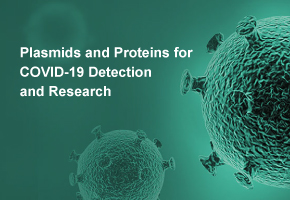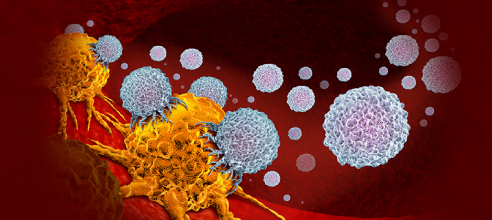How to Select CRISPR/Cas9 Expression System?
How to Select CRISPR/Cas9 Expression System? I came across some useful knowledge today and I'm glad to share it here.
CRISPR/Cas9 system components can be
delivered in vivo using modified non-viral plasmid or viral vector or delivery
systems (Table 1).
Table 1
Modified recombinant AAV particles are attractive for transduction because of their low immunogenicity and capability to infect both quiescent and dividing cells. While AAV vectors are a preferred vehicle for in vivo gene delivery, the size of the SpCas9 gene (>4 kb) exceeds the typical cargo limit of AAV vectors. Solutions that have been developed to date include:
l Creating transgenic animal lines that express Cas9, either
constitutively or in an inducible manner, and then to deliver only the guide
RNAs and any necessary inducer at the time of the experiment.
l Developing a split-Cas9 system using split-inteins.
l Use smaller Cas9 orthologues from other species, such as
Staphylococcus aureus (SaCas9), which are small enough to be packaged along
with a single guide RNA expression cassette into a single AAV vector.
Some of the most widely-used model systems for biomedical research are primary mammalian cell cultures or hard-to-transfect cell lines in which transfection efficiency can be quite low. For these cell types lentiviral vectors are preferred.
Guide RNAs may be also introduced via U6-gRNA cassette expression, but the cleavage efficiency is typically lower than when gRNA is expressed from a plasmid. However, U6-gRNA cassettes may be used for rapid comparison of gRNA cleavage efficiencies so that the most optimal gRNA sequences can be identified before subsequent cloning into your vector.
You can find more information about CRISPR/Cas9 here.
GenScriptCRISPR Handbook – Enabling Genome Editing and Transforming Life ScienceResearch
- Like (6)
- Reply
-
Share
About Us · User Accounts and Benefits · Privacy Policy · Management Center · FAQs
© 2025 MolecularCloud




